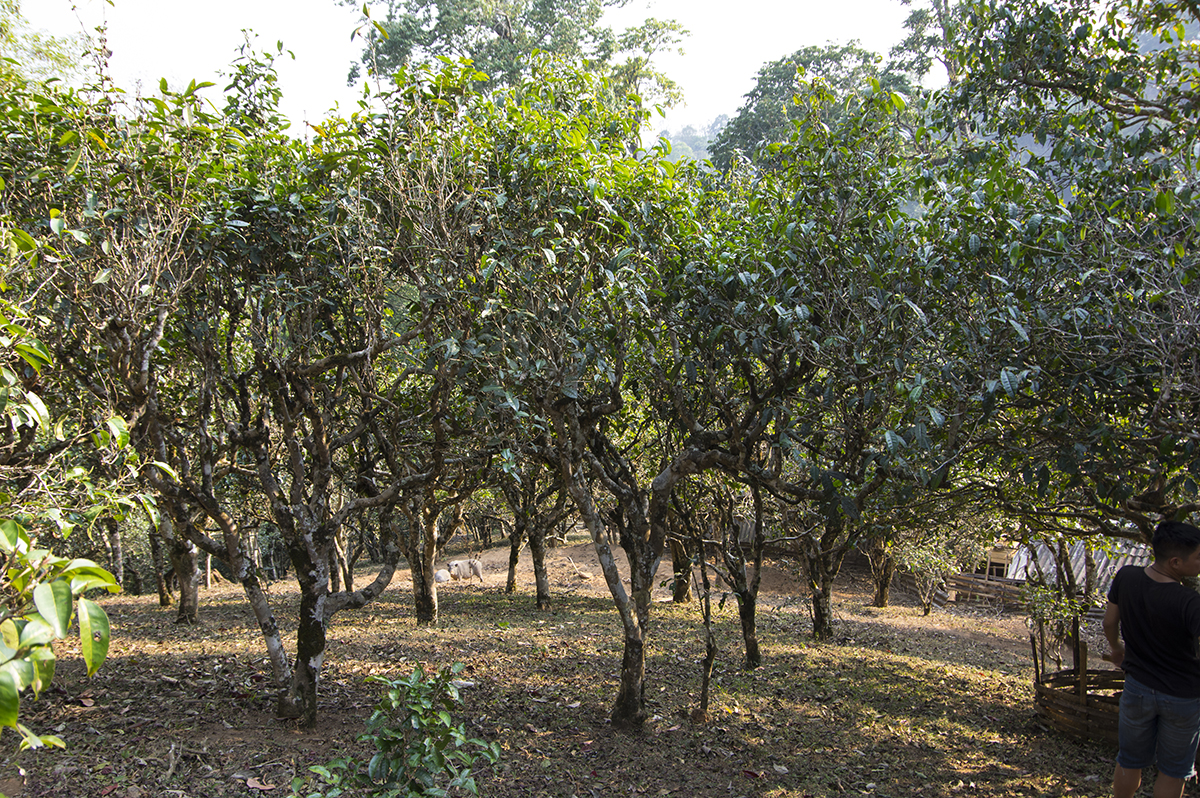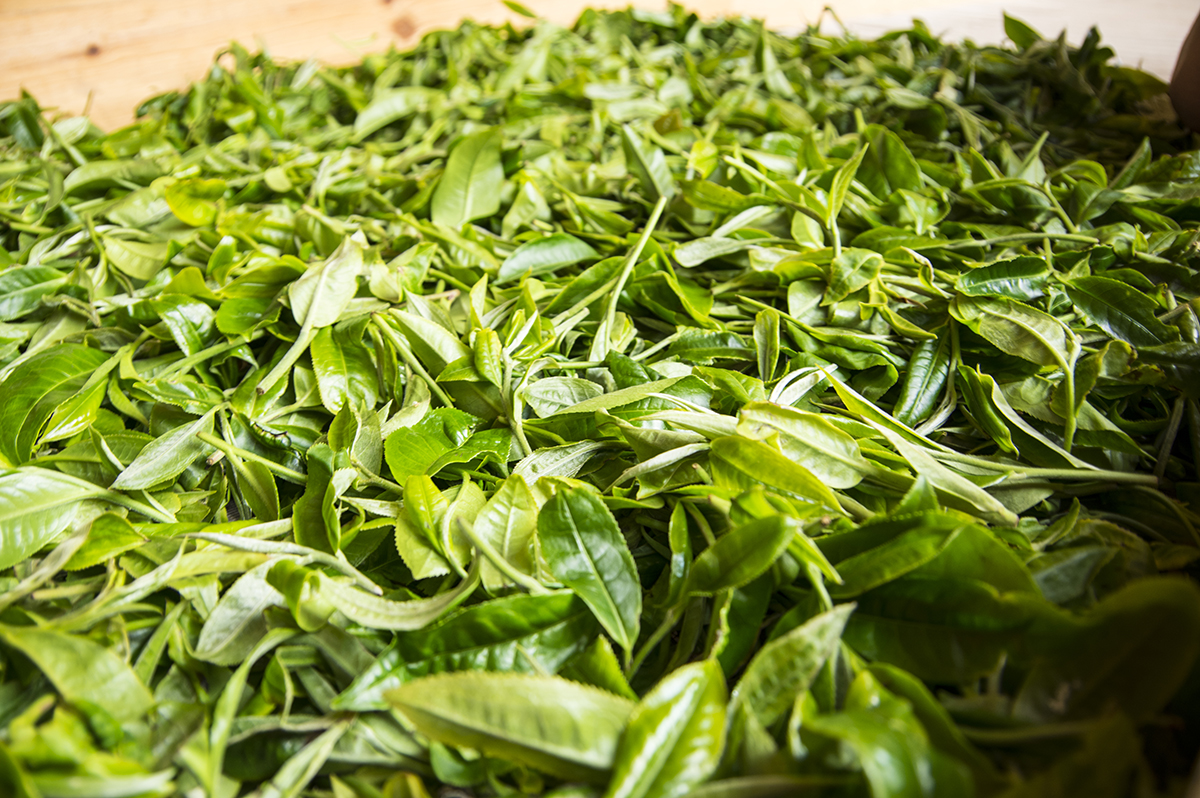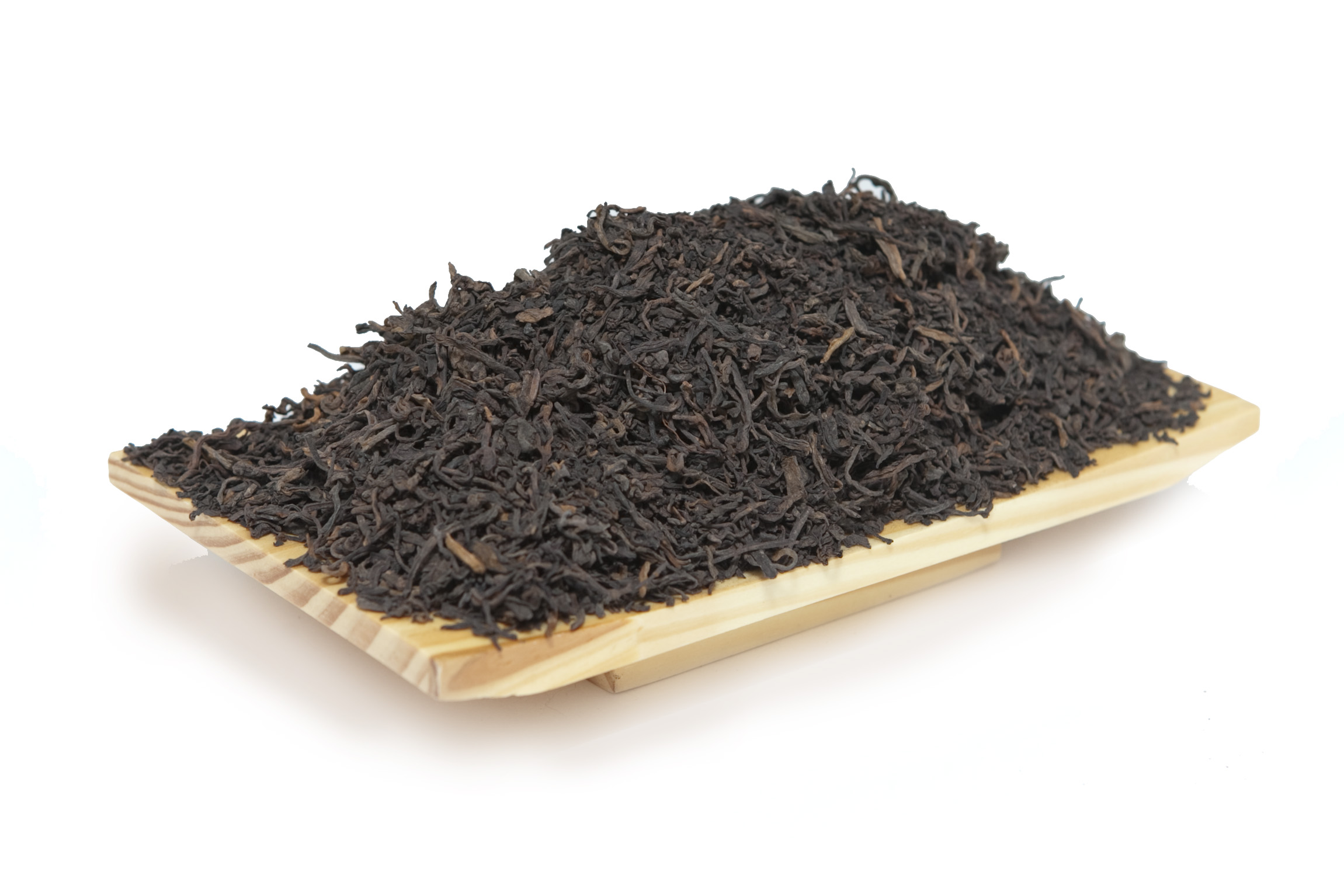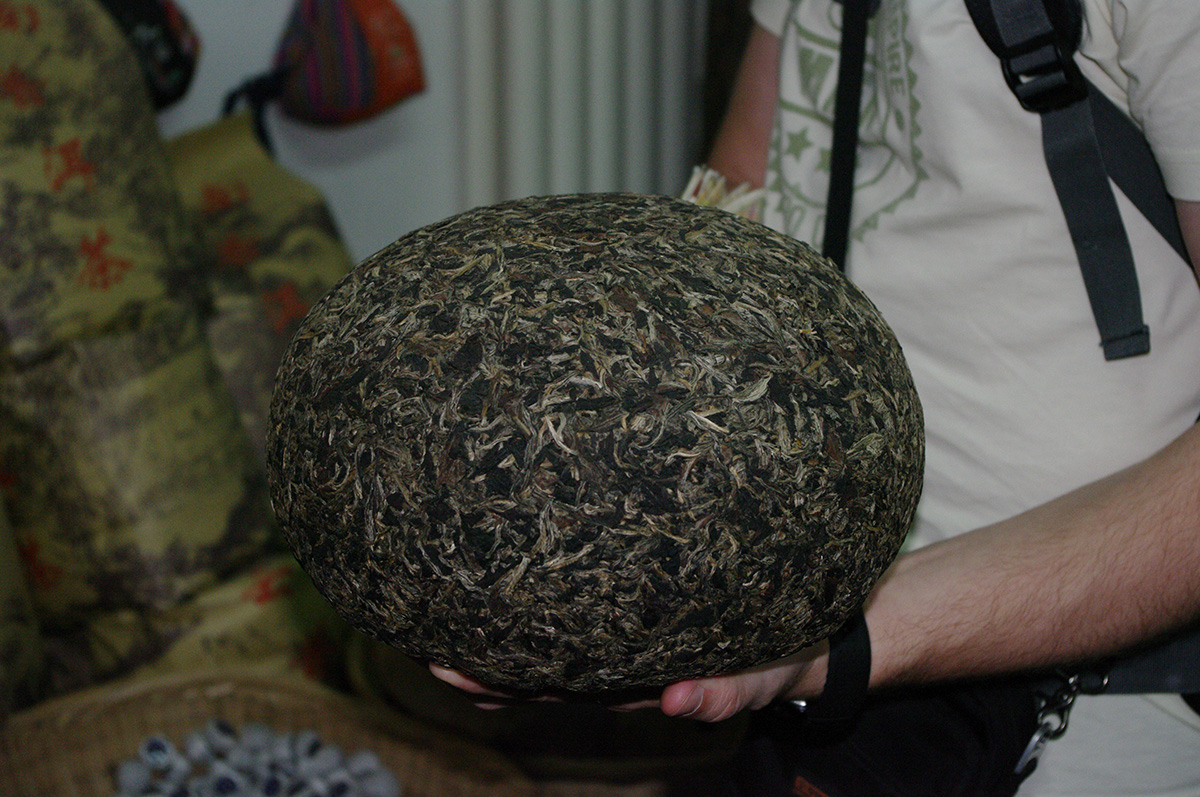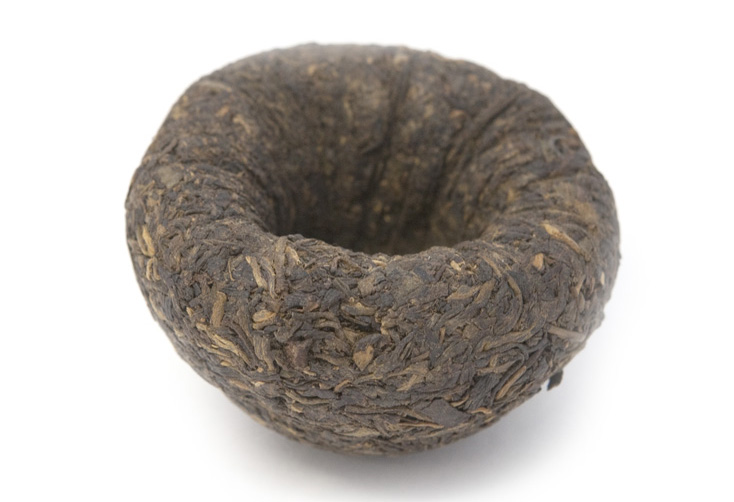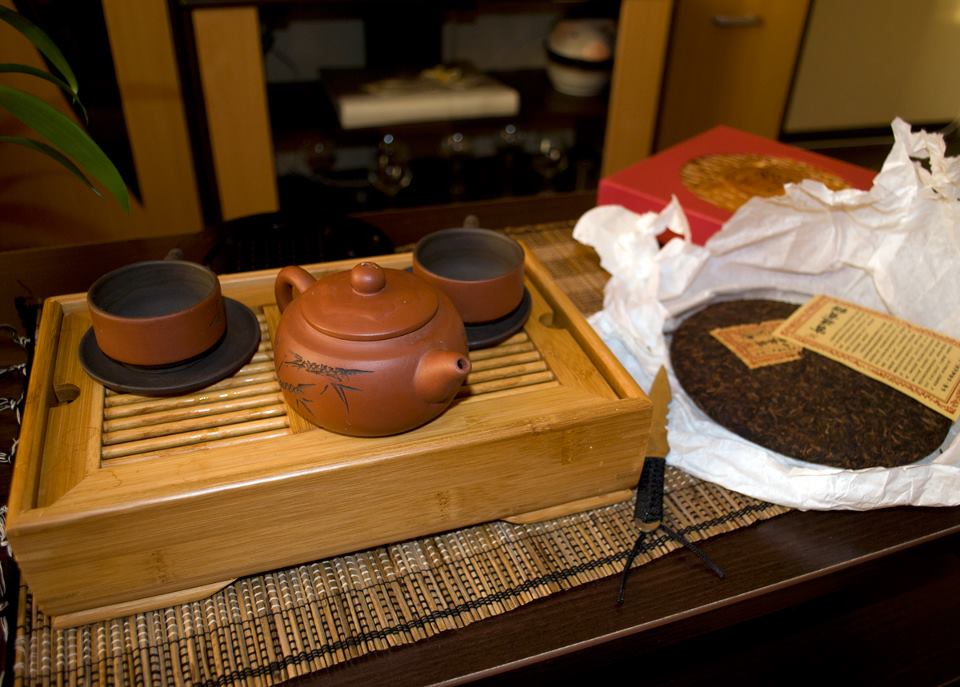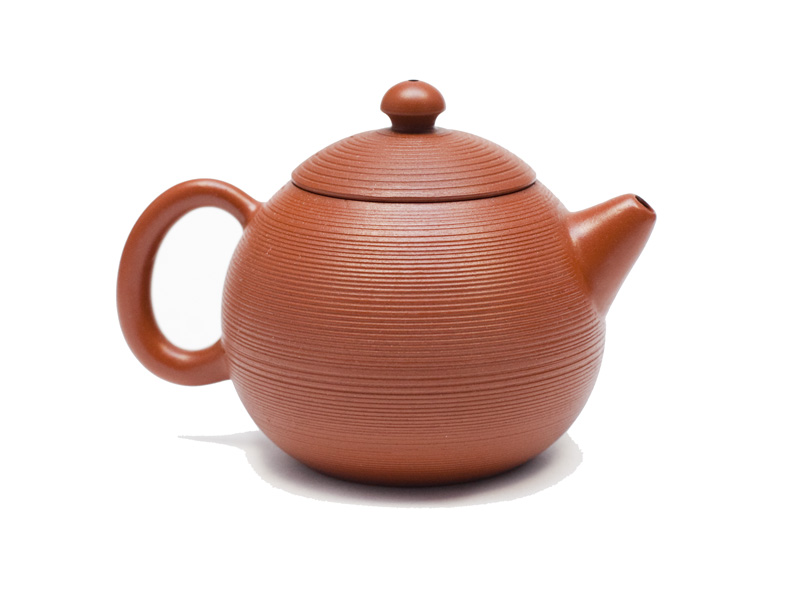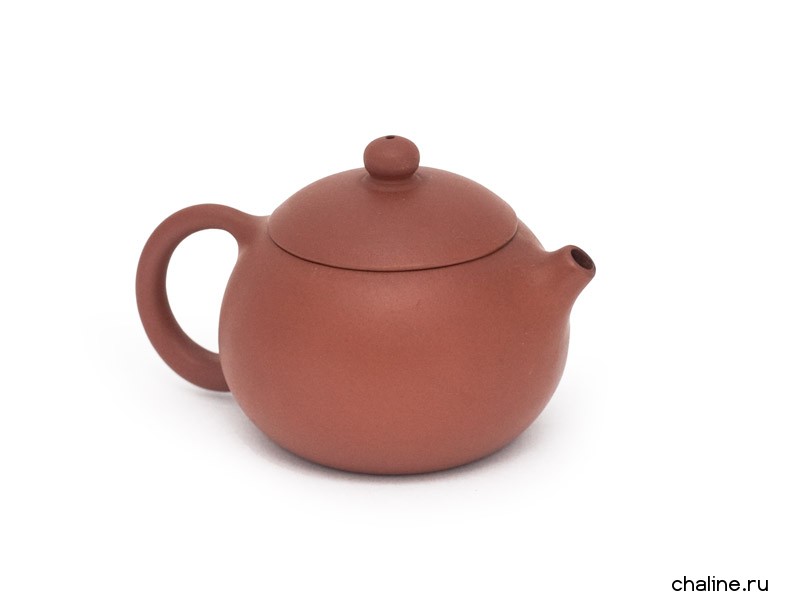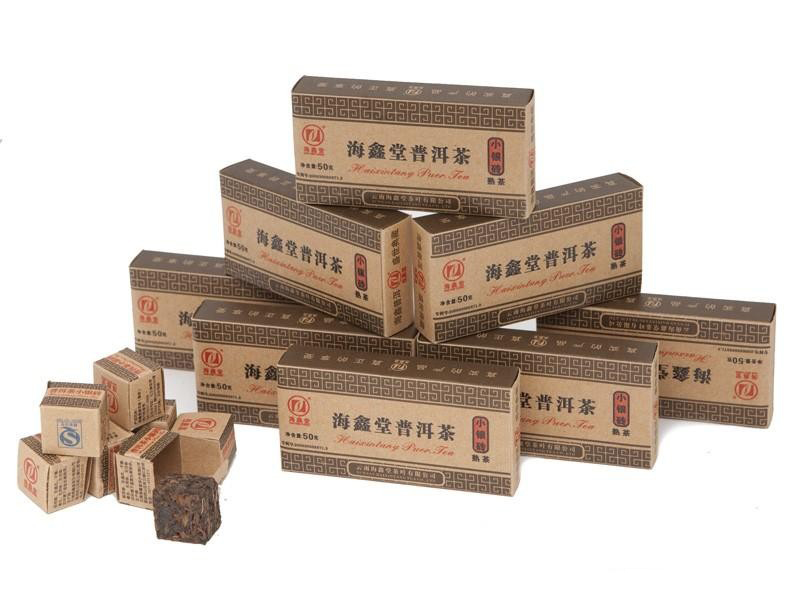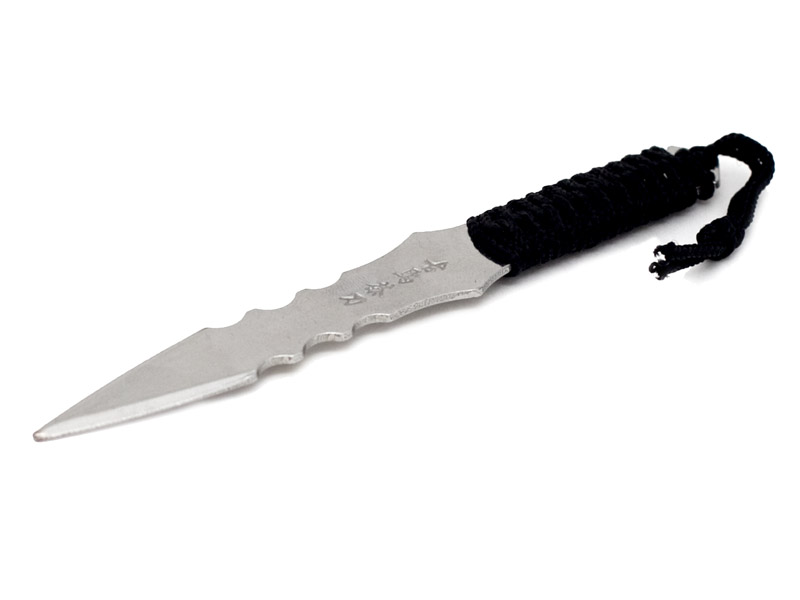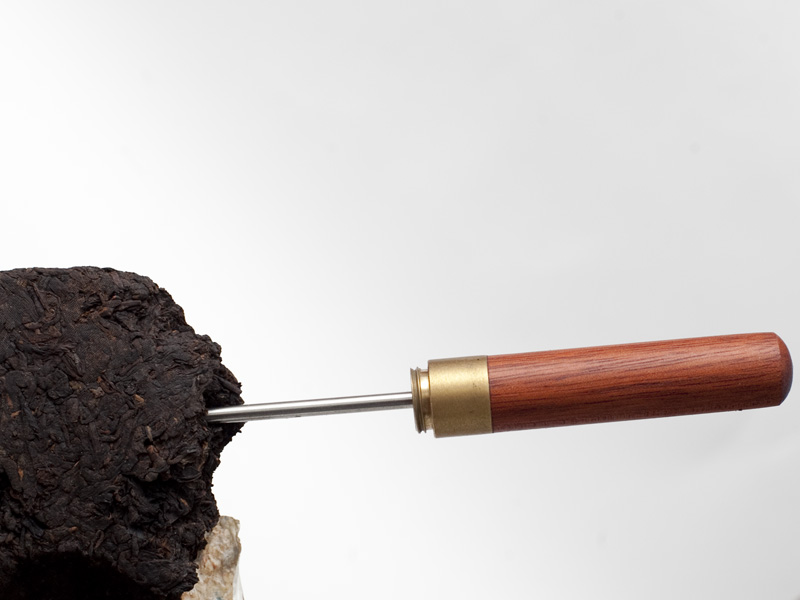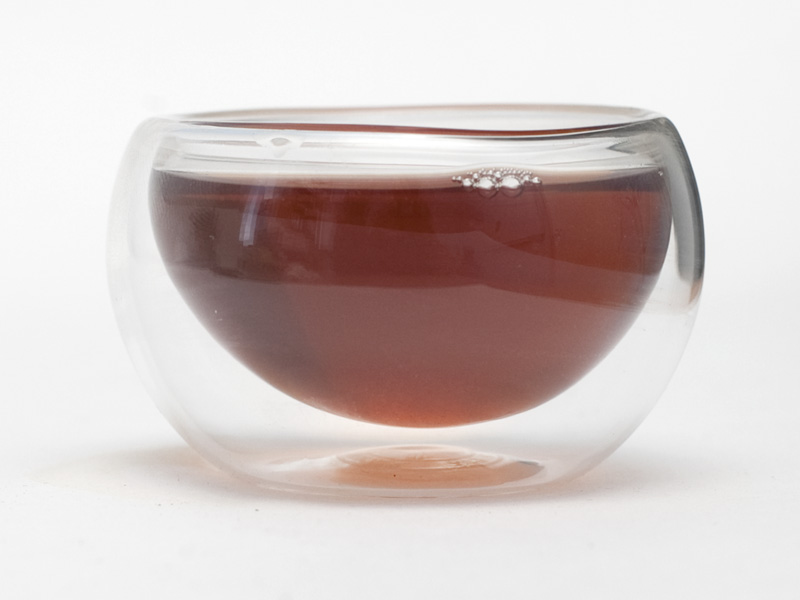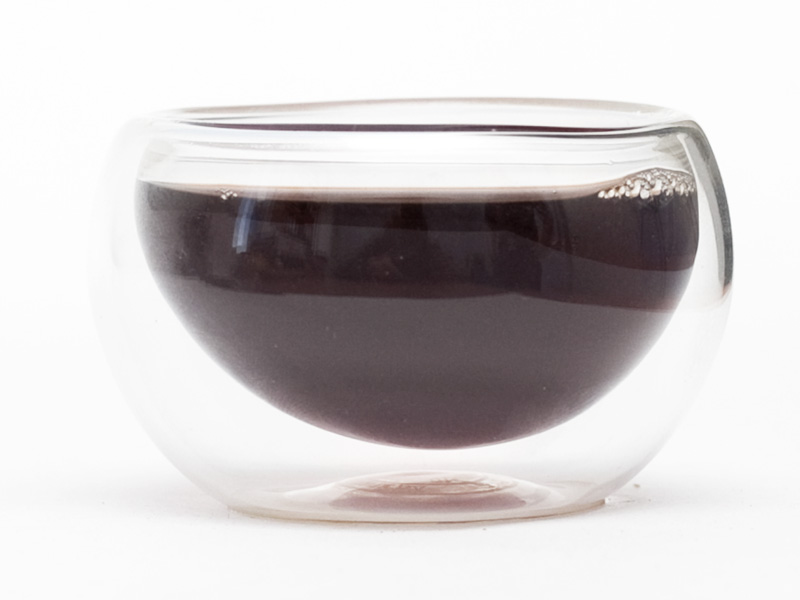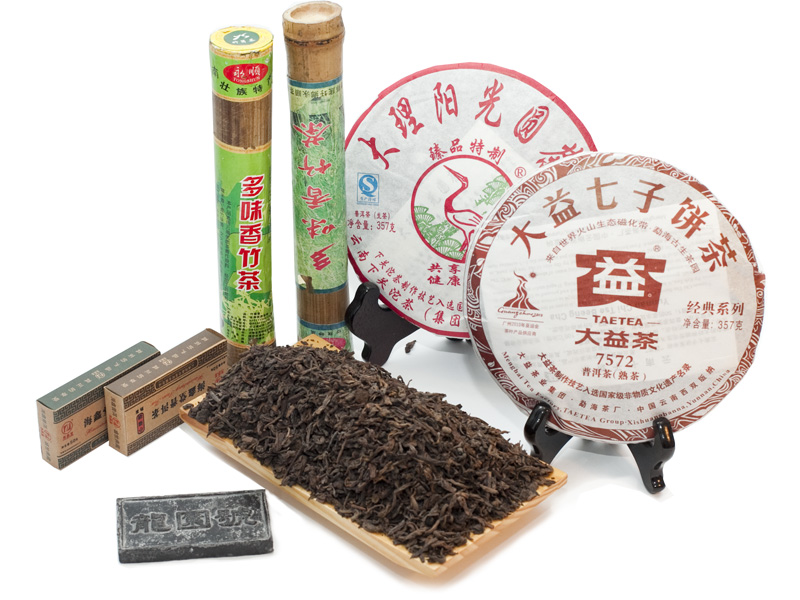Science – How to Brew Puerh Properly
The question often arises: how to brew puerh correctly? Sometimes the phrase "to get high" is added to it. Moreover, everyone has their own understanding of this phrase. Some mean vigor, and some - intoxication. So how to brew puerh tea correctly? Let's consider several options.
Let's start with the brewing temperature. Anyone who is even slightly interested in tea and tea drinking culture knows that the temperature of the water for brewing directly depends on the degree of fermentation of the tea. The most highly fermented tea is shu puer . For it, as a rule, the recommended temperature is 90-100 °C . For sheng puers , it is recommended to use a temperature of 85 to 95 °C , depending on its age: the older the tea leaf, the higher the water temperature should be.
It is worth noting that boiled water, that is, water heated to more than 90-95 °C, is not only disinfected, but also loses its beneficial properties, and if you drink unboiled water, it can cause kidney stones. If you want to preserve the beneficial properties of water, but do not want to risk your health, we suggest paying attention to a few simple recommendations...
Tap water should be filtered through softening filters for water purification and preferably settled, ideally on shungite stones, you can also use pure natural spring water, and under these conditions it is not necessary to boil it. Then both the water and the tea itself will retain their beneficial properties, and its taste should be more natural, pure, not spoiled. If you do not have the opportunity or desire to follow these recommendations, then brew shu puer with boiling water, and for sheng puer wait 5-7 minutes.
Before drinking tea, it needs to be rinsed, that is, the first brew needs to be drained – this is done with absolutely all varietal teas. There is an opinion that the first brew of white, yellow and green teas , such as Bai Hao Yin Zhen, Meng Ding Huang Ya or Liu An Gua Pian , is not drained, since such teas can withstand few brews anyway. But we recommend draining the first brew of all teas, especially puer.
There are two ways to wash pu-erh . The first is to first wash the tea leaf in cold water, then pour hot water over it, then pour out this infusion, after which the tea can be brewed and drunk. The second way is to pour hot water immediately and pour out the first two brews. Why is this necessary? We disinfect the tea and let the tea leaf reveal its aroma. Thanks to this, the next brew you drink will already have a sufficiently rich taste.
There is also a popular belief that shu pu-erh is disinfected by roasting before brewing, but we would rather classify this as a legend about pu-erhs. There are a huge number of them, for example, many people know the rumor that pu-erh tea is kept in the ground for years and therefore has an " earthy taste ". In fact, one can only sympathize with people who know what the earth tastes like. It is extremely funny to watch how tales spread. Try, for example, to say that in order to create a special aroma and better fermentation, pu-erhs should be kept on the balcony wrapped in a "Health" magazine, hidden in the felt boots of your great-grandfather in the third generation. And do not be surprised if after some time someone presents you with this story as an ancient Chinese instruction on storing pu-erh.
For brewing puer, it is better to use a clay teapot , ideally Yixing . It maintains the temperature best and the tea will steam better - this is especially good for lovers of strong tea. This is one of the reasons why thermoses are famous among puer lovers. If you are brewing young sheng or white puer, you can also use a ceramic or porcelain gaiwan, a glass flask, and generally a teapot with a drain system.
It is worth remembering that only one type of tea is brewed in one clay teapot. This is done because over time, a tea coating forms inside the teapot, which cannot be washed off with abrasive detergents. Thanks to this coating, over the years of using a clay teapot, the same tea acquires an increasingly rich taste, new pleasant notes and shades of aroma - this science is called " growing a teapot ". Therefore, if you grow another tea in your only clay teapot, for example, the most famous light oolong Tie Guan Yin, then it is better to buy a different teapot for pu-erh.
Before brewing tea, the dishes should be warmed up by pouring boiling water into a teapot or gaiwan for half a minute. After warming up the dishes, when the water is at the optimum temperature, we put tea in it at the rate of 7 grams per 100 ml, if it is loose tea. If we brew puer pressed into a cake, briquette or tocha and want it to give the most saturated tea infusion as quickly as possible, then having broken off a piece of the cake with a puer knife, we need to crumble the already broken piece with the same tea tool. More loose leaves - better contact with water. If we want the tea leaf to give brewing for a long time, gradually giving all the juices into the water, then it is better to leave the pressed piece of tea in its original form. There are also mini tochi with very good pressing, which is simply impossible to crumble. For example, mini tochi of the Hai Sin Tang plant are famous for such pressing. When brewing such a mini tocha, it is better to hold the first brewing for a little longer, so that the well-pressed tea loses its shape and begins to swell. Only then will it begin to give juice.
Sheng puer can be bitter if over-brewed. This tea is more delicate than Shu puer. Sheng is best brewed by steeping, keeping the tea leaf in water for no more than 5 seconds. If after this the tea infusion seems too weak to you, then you can increase the steeping time. There is also white puer - the process of brewing it is similar to the process of brewing young sheng. For the first two or three brews of high-quality shu puer, it will be enough to brew by steeping. Any tea with subsequent brews is kept in water longer, gradually increasing the steeping time by 10-15 seconds with each subsequent one. If the tea leaf has stood in contact with water for too long, for example, more than an hour - this tea is not worth drinking. The tea leaf oxidizes, releases tannins and the tea develops an unpleasant bitterness - this tea is already considered harmful, not useful.
It is also worth paying attention to the additives to the tea. If you drink real quality Chinese tea, do not add sugar under any circumstances - it will interrupt the true taste of the tea. If you have a cold, you can drink young sheng puer with honey. In all other cases, adding sugar, milk, condensed milk, lemon, buckwheat to puer is spoilage of the products.
These are the main points to pay attention to when brewing tea, we also recommend that you read our article on brewing tea using the Lu Yu method . And you can buy puer in our online store.
Menshikov-Salyuk Dmitry Alexandrovich
- Comments
- Vkontakte





